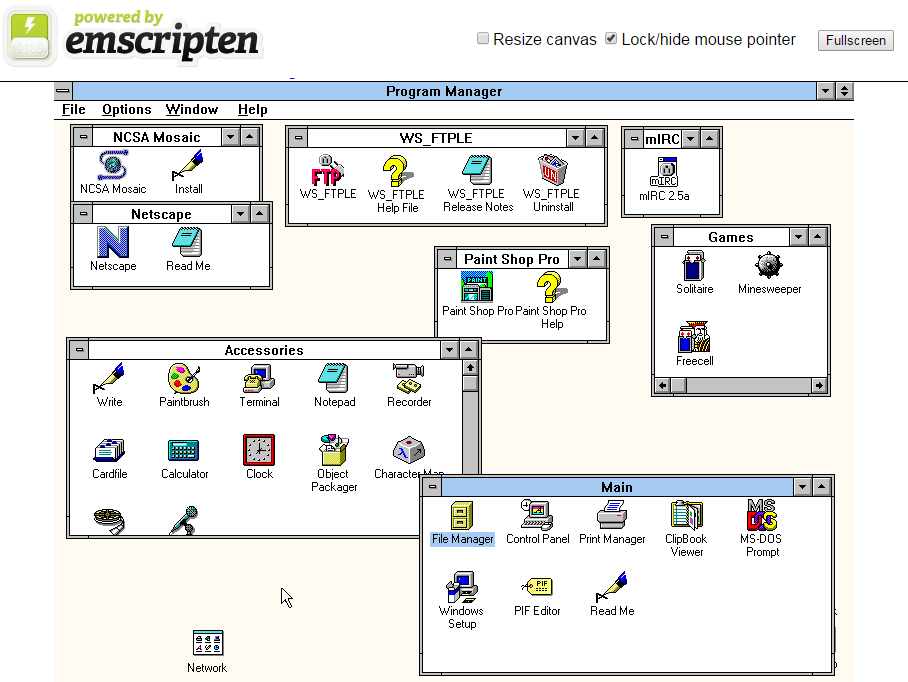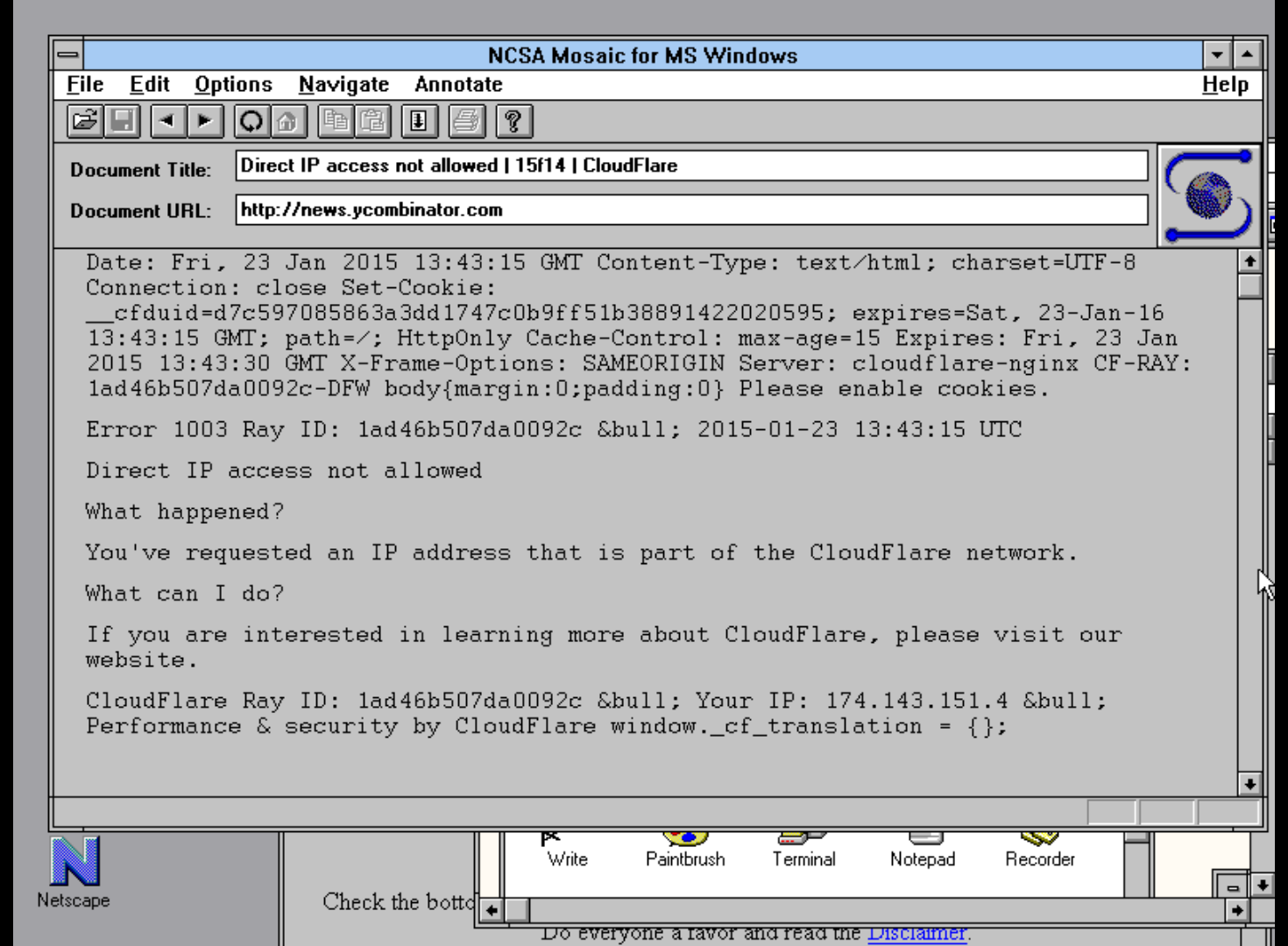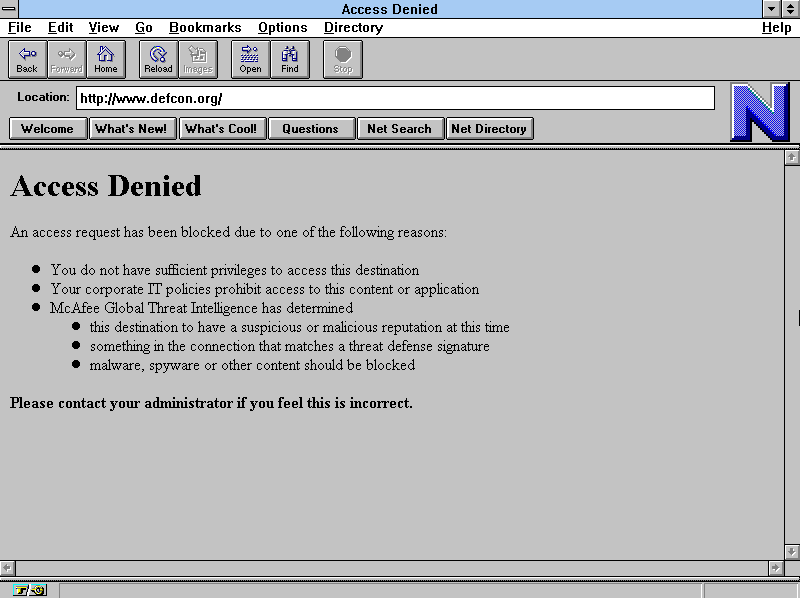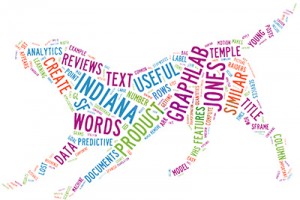The Political One Percent of the One Percent: Megadonors fuel rising cost of elections in 2014 by Peter Olsen-Phillips, Russ Choma, Sarah Bryner, and Doub Weber.
From the post:
In the 2014 elections, 31,976 donors — equal to roughly one percent of one percent of the total population of the United States — accounted for an astounding $1.18 billion in disclosed political contributions at the federal level. Those big givers — what we have termed the “Political One Percent of the One Percent” — have a massively outsized impact on federal campaigns.
They’re mostly male, tend to be city-dwellers and often work in finance. Slightly more of them skew Republican than Democratic. A small subset — barely five dozen — earned the (even more) rarefied distinction of giving more than $1 million each. And a minute cluster of three individuals contributed more than $10 million apiece.
The last election cycle set records as the most expensive midterms in U.S. history, and the country’s most prolific donors accounted for a larger portion of the total amount raised than in either of the past two elections.
The $1.18 billion they contributed represents 29 percent of all fundraising that political committees disclosed to the Federal Election Commission in 2014. That’s a greater share of the total than in 2012 (25 percent) or in 2010 (21 percent).
It’s just one of the main takeaways in the latest edition of the Political One Percent of the One Percent, a joint analysis of elite donors in America by the Center for Responsive Politics and the Sunlight Foundation.
…
BTW, although the report says conservatives “edged their liberal opponents,” the Republicans raised $553 million and Democrats raised $505 million from donors on the one percent of the one percent list. The $48 million difference isn’t rounding error size but once you break one-half $billon, it doesn’t seem as large as it might otherwise.
As far as I can tell, the report does not reproduce the addresses of the one percent of one percent donors. For that you need to use the advanced search option at the FEC and put 8810 (no dollar sign needed) in the first “amount range” box, set the date range to 2014 to 2015 and then search. Quite a long list so you may want to do it by state.
To get the individual location information, you can to follow the transaction number at the end of each record returned by your query and that returns a PDF page. Somewhere on that page will be the address information for the donor.
As far as campaign finance, the report indicates you need to find another way to influence the political process. Any donation much below the one percent of one percent minimum, i.e., $8810, isn’t going to buy you any influence. In fact, you are subsidizing the cost of a campaign that benefits the big donors the most. If big donors want to buy those campaigns, let them support the entire campaign.
In a sound bite: Don’t subsidize major political donors with small contributions.
Once you have identified the one percent of one percent donors, you can start to work out the other relationships between those donors and the levers of power.








